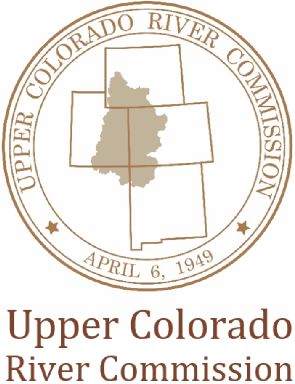In order to update the 2016 Upper Basin Depletion Demand Schedule in 2022, Wyoming made changes to both its Agriculture and the Municipal/Industrial (M&I) sectors. Changes to the agricultural sector were made to accurately reflect the full agricultural demand that has been met historically while not significantly changing the original estimation method. Instead of using average consumptive use values, as was done in 2016, Wyoming used the highest historical consumptive use estimates for each HUC8 sub-basin from 2011 to 2020. Wyoming also changed the Penman-Monteith evapotranspiration (ET) crop coefficient of Perennial Ryegrass to Mountain Meadow Grass, which was derived through the University of Wyoming study of the Green River Basin. In addition, Wyoming modified its method for adjusting potential ET to actual ET. Instead of using field regulation data, which is problematic for this purpose, Wyoming used data obtained from satellite-based ET imagery. Wyoming also changed its M&I data to reflect the most accurate data available. Wyoming adjusted its M&I estimates to incorporate historical effluent return flow data acquired since 2016. Changing to full agricultural demands and updating M&I data resulted in a 21% increase, or about 142 KAF, to Wyoming’s Depletion Demands.
